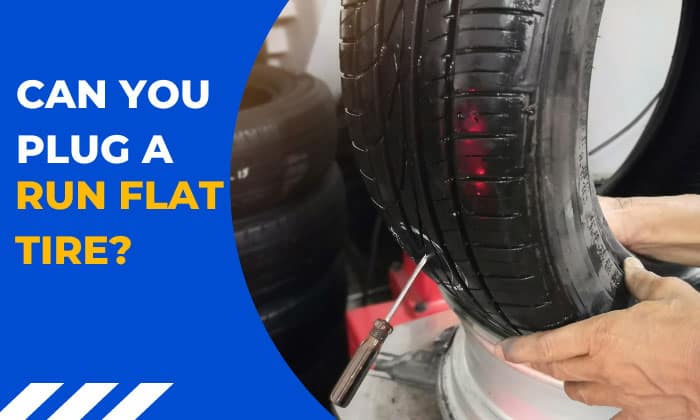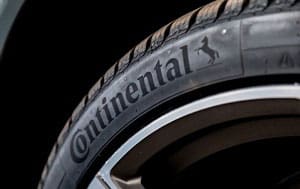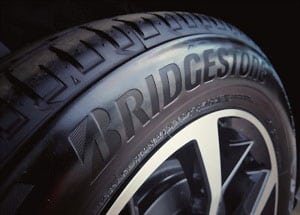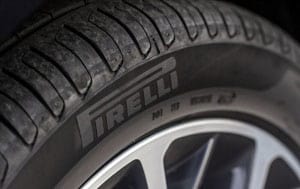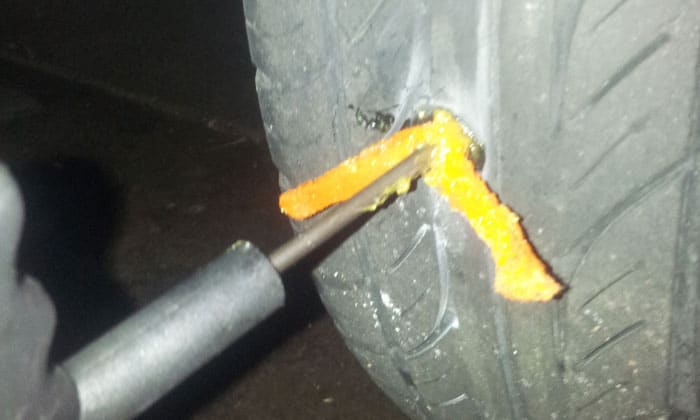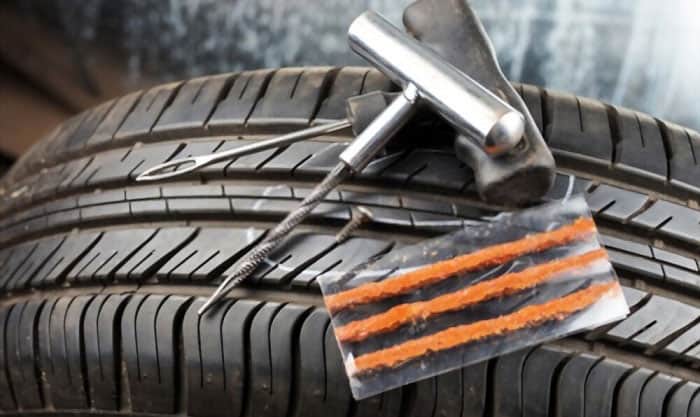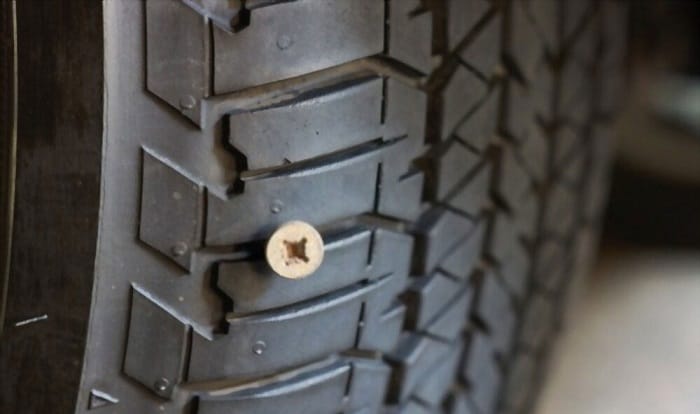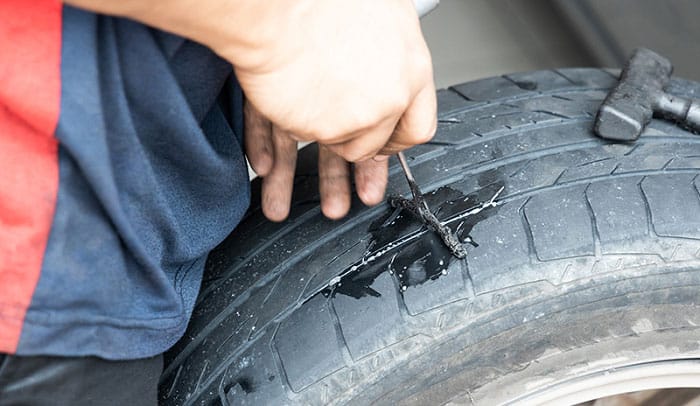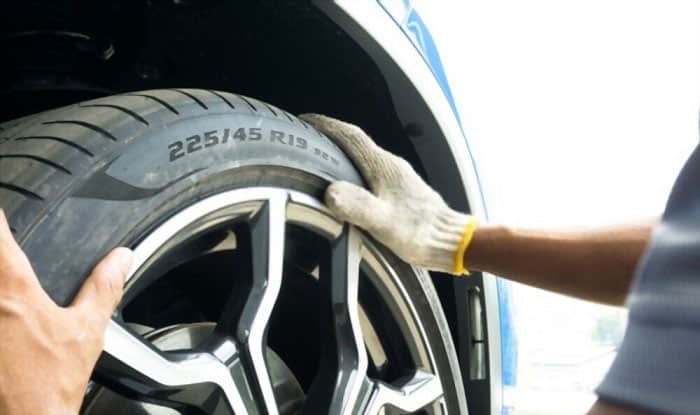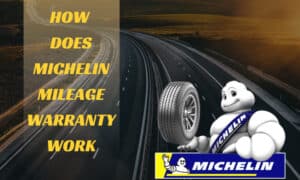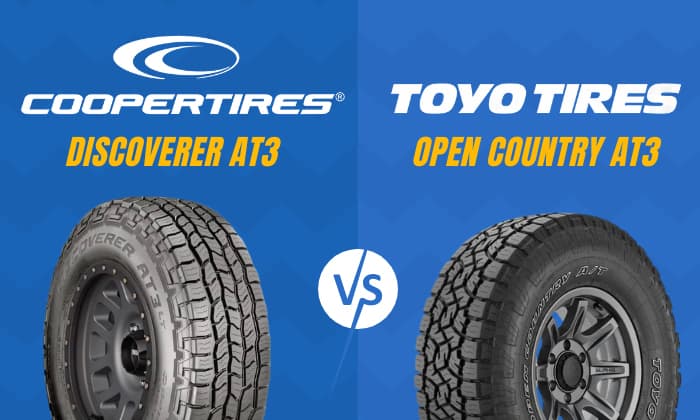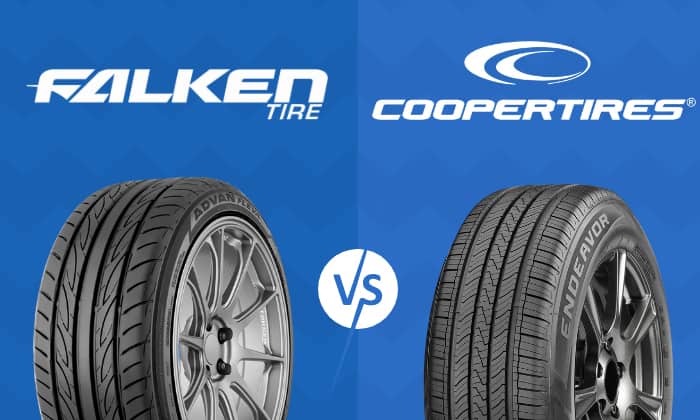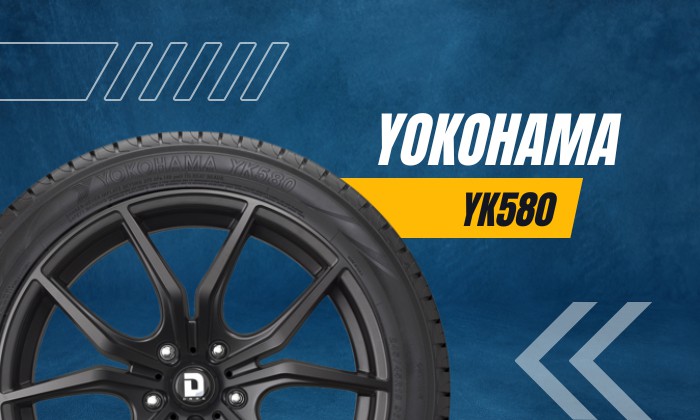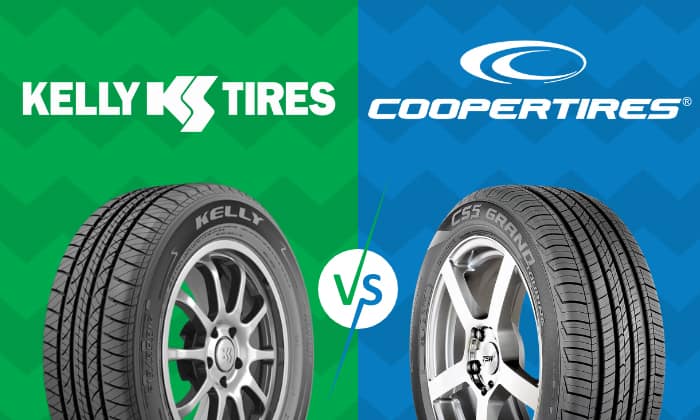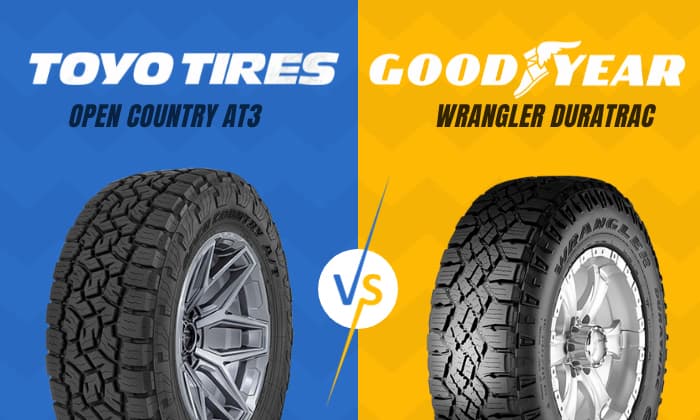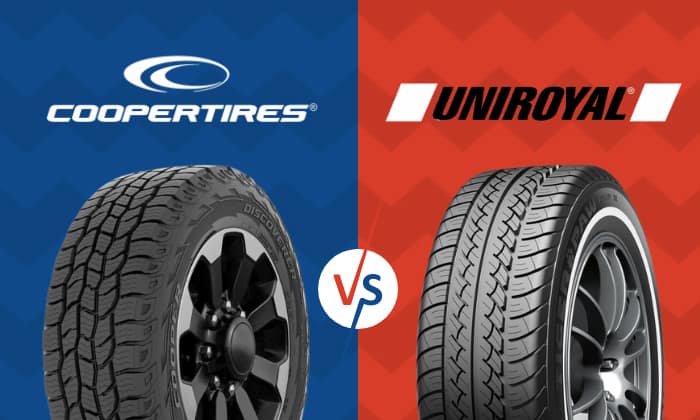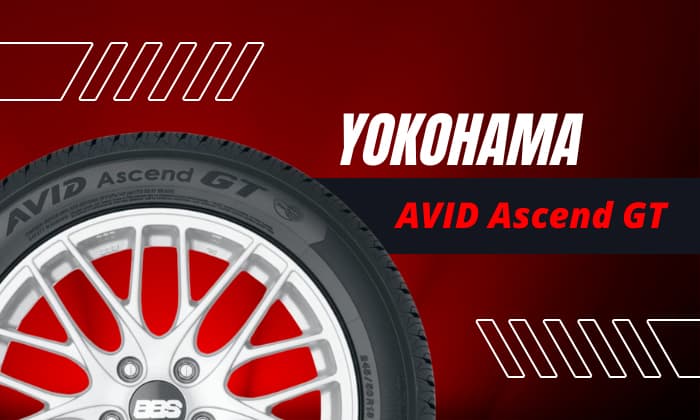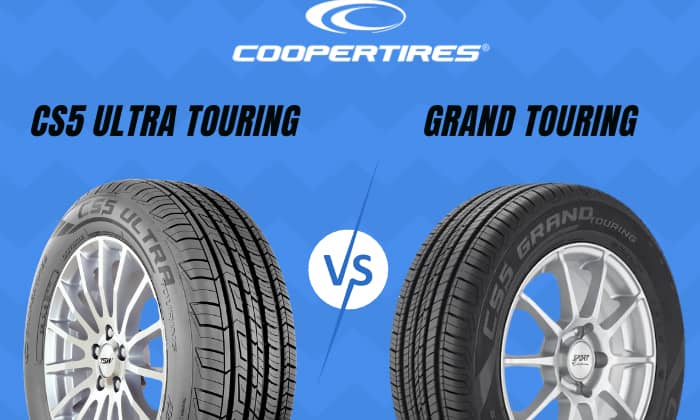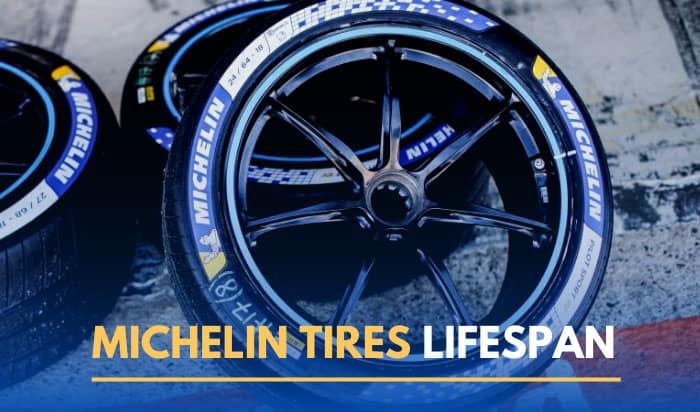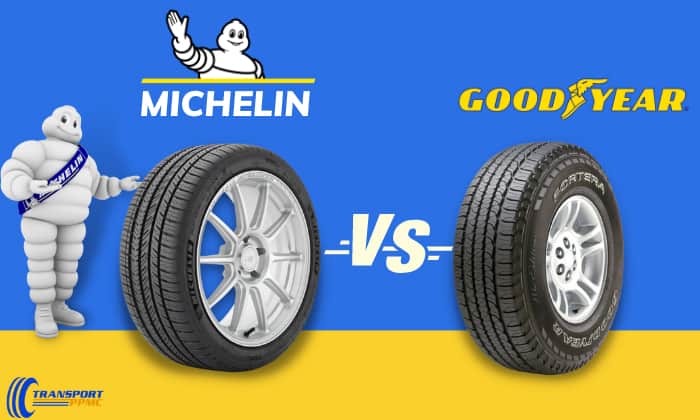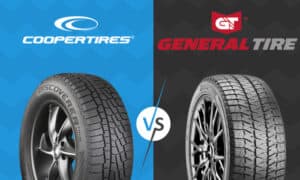Tire damage is inevitable no matter what brand or type of car you possess. It’s a good thing that run flat tires were produced in order to improve a car’s driving range after a flat tire.
But the real question is —can you plug a run flat tire? The answer is YES! However, before making a decision there are some factors to consider. So, complete reading this post to get full answers.
Table of Contents
- Can You Plug a Run Flat Tire?
- Manufacturers
- The Extent of the Damage
- Run-Flat Tire Inspection
- Procedure for Plugging a Run-Flat Tire
- Pros and Cons of a Run Flat Tire
- How to Fix a Run Flat Tire with a Nail in It?
- Is it Bad to Drive on a Punctured Run Flat Tire for Too Long?
- Should I Plug or Patch My Run Flat Tire?
- Frequently Asked Questions
- Conclusion
Can You Plug a Run Flat Tire?
Driving on a run flat tire seems to be a good choice. Fortunately, plugging a run flat tire is possible, but still, it depends on the situation. Nevertheless, you must keep in mind that there are several factors to take into consideration before determining if your run flat tires can be plugged.
Manufacturers
Manufacturers have differing perspectives on whether a run flat tire can be repaired. This is due to the variety of their run flat tires’ composition. Some believe it is feasible, while others do not recommend fixing it.
1. Continental
Continental run flat tires repair is not advised by the brand itself. Plugging a Continental run flat tire might only destroy the tire’s sidewall due to its hard inserts within it. Continental suggests that it is far better and safer to just replace a damaged tire with a new one.
2. Bridgestone
The option to plug a Bridgestone run flat tire is evaluated first by their technicians. The repair’s viability is determined by factors such as the location and the degree of the tire damage, the rate of inflation pressure loss, and the ambient temperature.
The good news, Bridgestone offers the Safe Drive Road Hazard Warranty, which replaces the run-flat tire for free if it is less than 10% worn.
3. Pirelli
Pirelli run flat tires are irreparable. This is due to the likelihood of interior damage that is not evident. Instead, the company suggests an urgent replacement with an identical tire.
4. Mercedes-Benz
It is okay to plug a run flat tire Mercedes-Benz. In fact, Mercedes-Benz Roadside Assistance, which includes flat tire care, is available from the corporation.
However, due to the structure of its tire tread, Mercedes-Benz run flat tires are often regarded as having a limited lifespan. So a handy compressor is a must to inflate the tire and check the tire’s air pressure.
5. BMW
Repairing run flat tires BMW is achievable if the tire rupture did not pierce the sidewall. This is only possible by patching it, and the tire must not be used underinflated.
However, it is ideal for replacing rather than to plug a run flat tire BMW since the integrity of their internal structure cannot be assured.
The Extent of the Damage
There are specific conditions that you need to inspect before knowing if your run flat tires can be plugged. These are the following:
- The tread depth is not less than the permitted maximum of 1.6 mm
- Absence of cracks, wear, or deterioration in the rubber
- The diameter of the puncture is not more than nor equal to 6 mm
- The puncture is not outside of the tread region nor in the sidewall.
- No external item has caused harm to the tire
- The cables are not visible;
- There is no evidence of previous improper fixes.
You should ensure that all of these prerequisites are met before proceeding to fix a flat on run flat tires. You must not also drive on an underinflated run flat tire.
A damaged run flat tire is hard to fix. Even if repaired, it may pose a risk if used again since part of its interior damage may be unnoticed. Not to mention how expensive it is to repair.
Run-Flat Tire Inspection
A thorough inspection is an important initial step before moving forward in plugging a run flat tire right away. Here are a few things to look for in a damaged run flat tire.
- Inside and out of the tires to determine if there’s a leak
- Walls of tires for possible tears
- Presence of holes in the wall of the tire by submerging it in water
After that, proceed to the nearest tire shop to leave the task in good hands. If the damage is minor, you can consider completing the task by yourself as an aspiring mechanic.
Procedure for Plugging a Run-Flat Tire
Are you really decided to plug your run-flat tire? The complete step-by-step process is outlined below for your convenience.
- Gather all the tools namely: a lug wrench, a jack, a tire plug kit, and a compressor.
- Loosen the lug nuts on the wheel with the lug wrench.
- Lift the automobile by using a jack that is resting on a sturdy surface.
- Remove the entire wheel assembly.
- Examine the location of the puncture.
- Insert a plug completely into the hole using the tire plug kit.
- Reinstall the wheel assembly.
- Lower the automobile and remove the jack.
- Ensure that the tire is adequately inflated and the plug is secure.
These steps are simple to carry out on your own. It’s entirely up to you whether you want a mechanic to do it for you because you’re cautious, or if you want to do it yourself.
Pros and Cons of a Run Flat Tire
Pros
- Mobility – Run flat tires allow the car drivers to continue driving for up to 50 miles after slowly losing air pressure due to a flat or puncture. This is advantageous since you don’t need to change your tire in a hurry.
- Safety – It provides safety and stability after experiencing a sudden blowout. This is useful in preventing rapid and often severe changes in steering that might occur when the air pressure of the tire drops. It gives the car owner more control.
- Less Weight – Due to its mobility feature, automobiles with run-flat tires can eliminate the spare tire or jack in the trunk. This will cause a drop in the vehicle’s weight. It improves gas mileage and allows more space in the trunk so that the car owners can maximize the storage space.
Cons
- Uncomfortable – The reinforced and sturdy sidewalls that allow a run-flat tire to function result in a rougher ride quality. Moreover, these stiff sidewalls make it hard to determine how much air pressure is in the tire without directly checking it.
- High Cost – Run flat tires typically come at a premium price, compared with standard tires. These run flat tires cannot be used with ordinary tires too.
- Less Availability – Run flat tires are still not a popular tire, so these are not in demand. You should expect that you will have a hard time finding them in a tire store. These tires are most common in larger cities only.
How to Fix a Run Flat Tire with a Nail in It?
You should not immediately remove the irritably positioned nail on it. Leaving the nail pierced in the tire is the best option to bring it to a trusted tire mechanic.
The tire shop personnel will be in charge of carrying out the plan to fix your punctured run-flat tire, which might be through patching. S
Till, the features of the damaged components will indicate if the repair is feasible, or whether replacement is a much better choice.
Is it Bad to Drive on a Punctured Run Flat Tire for Too Long?
One benefit of using a run flat tire is that you can keep driving even if your tire is punctured. But it is never a smart idea to overlook the run flat tire’s benefits.
Continuing to use it, even if you are driving slowly, might seriously harm your wheel, which is a far more expensive repair. Furthermore, if you break your wheel, your suspension components may get out of alignment, causing harm to your steering system.
Related: How far can you drive on a flat tire?
Should I Plug or Patch My Run Flat Tire?
Plugging a run flat tire is a method of closing a puncture in a tire that requires inserting a leather strip. Meanwhile, patching a run flat tire involves adhering a small piece of rubber to the inside of the tire with an adhesive.
Plugs are quicker and less costly than patches. However, patching is associated with better outcomes than plugs.
Moreover, it is best to leave the decision to professional tire mechanics.
Frequently Asked Questions
How Long Will a Plug Last in a Run-Flat Tire?
Most manufacturers estimate that a plug should survive seven to ten years in general. Driving a long distance with a plugged tire is also possible, since you may travel up to 25,000 miles.
This is only viable if the plug is correctly positioned. However, no one can be certain that there will be no complications. So be ready for the possibility.
Run-Flat Tires vs Regular Tires: Which is Better?
Run flat tires are an excellent alternative if you want to promote mobility, safety, and reduced mass in your vehicle. These features give it an advantage over standard tires.
The main drawback is that these run flat tires are uncomfortable, expensive, and rare. Yet, we cannot categorically state that one type of tire is superior to another.
If you travel frequently with your car, run flats may be a better option for you. However, if you want to save money and prefer the conventional, a regular one can be a decent choice for you.
Conclusion
Can you plug a run flat tire? To wrap up the answer, please keep in mind all the earlier points mentioned above.
Make sure to adhere to the manufacturer’s recommendations and inspect the extent of the damage on your tire carefully. Then after considering these steps, you can now decide if your run flat tires can be plugged.
Always take into account that run flat tires need the same amount of care and maintenance as regular ones. Have a safe ride with your run flat tires!



